Every industrial or commercial facility has unique lifting needs. From warehouses moving tonnes of goods daily to hospitality venues requiring compact service lifts, the right lifting solution can make or break operational efficiency.
This guide provides a detailed breakdown of the main industrial lift types, factors to consider when choosing, and industry-specific applications to ensure businesses make the right investment.
Why Choosing the Right Lift Matters
Investing in the wrong lift can lead to wasted capital, safety risks, and inefficiencies. On the other hand, the right lift:
- Reduces downtime.
- Improves employee safety.
- Optimises space and workflow.
- Provides long-term ROI through reliability and efficiency.
Types of Industrial Lifts Explained
Goods Lifts
Built for transporting heavy loads between floors, goods lifts are the backbone of warehouses, retail stockrooms, and distribution centres.
Scissor Lifts
Used mainly for maintenance, assembly, or accessing elevated work areas, scissor lifts offer a stable, flexible platform.
Service Lifts (Dumbwaiters)
Compact lifts for smaller loads, from food trays in hotels to documents in offices.
Platform Lifts
Designed for accessibility and versatility, platform lifts transport people, trolleys, or small goods in multi-level environments.
Factors to Consider When Choosing a Lift
- Load Capacity: Match the lift’s strength to your operational demands.
- Frequency of Use: Heavy-duty lifts for 24/7 facilities, lighter models for occasional use.
- Space Availability: Shaft size, building layout, and installation restrictions.
- Safety Standards: Overload protection, gates, emergency stops, and compliance.
- Energy Efficiency: Modern lifts use regenerative drives and eco-friendly technology.
Industry-Specific Applications
- Warehousing & Logistics: Goods lifts to handle pallets and stock.
- Manufacturing: Scissor lifts for maintenance and production support.
- Hospitality: Service lifts for food and laundry handling.
- Retail: Platform lifts for accessibility and stockroom management.
- Healthcare: Compact lifts for supplies and medical equipment.
The Cost vs. Value Debate
While upfront costs vary, focusing on long-term value is critical. Cheap lifts may save on purchase but cost more in breakdowns, downtime, and inefficiencies. Investing in durable, high-quality systems ensures better ROI and compliance with safety regulations.
Best Practices for Lift Selection and Maintenance
- Conduct a needs assessment before purchase.
- Consult with professional lift providers to match solutions to your facility.
- Implement regular maintenance schedules to maximise uptime.
- Train employees on correct use to reduce risks.
Future Trends in Industrial Lifts
Smart technology is shaping the future of industrial lifting:
- IoT monitoring for predictive maintenance.
- Automation integration with warehouse management systems.
- Eco-friendly designs reducing energy consumption.
- Modular lift systems for easy upgrades.
Conclusion
Choosing the right lift isn’t just about moving goods, it’s about building a safer, more efficient, and future-ready operation. By understanding the different lift types, considering industry-specific needs, and prioritising safety, businesses can ensure they make the right investment.
Ready to optimise your operations? Contact Industrial Lifts today for expert advice and tailored lifting solutions.
